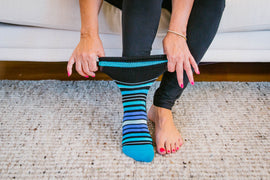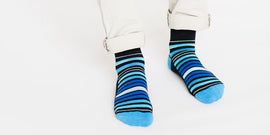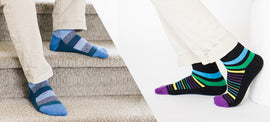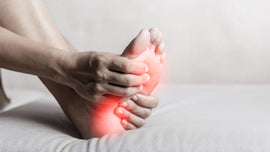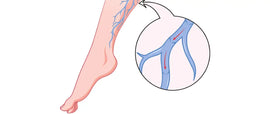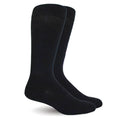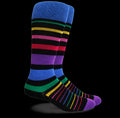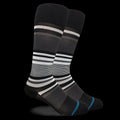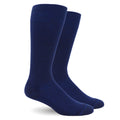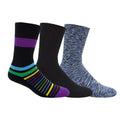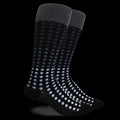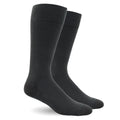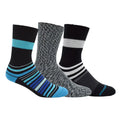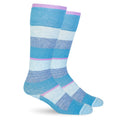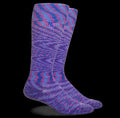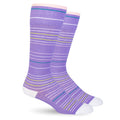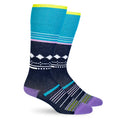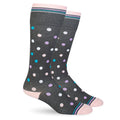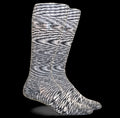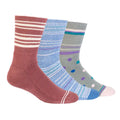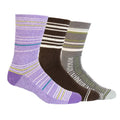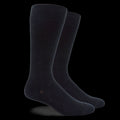How Tight Should Compression Socks Be?
Posted by SIMON LIM

One of the most important things to consider when looking for compression socks is how tight they should be. Many people make the mistake of choosing compression socks that are too loose or too tight, which can actually do more harm than good.
This blog post will discuss the different compression levels and how tight compression socks should be to gain the biggest benefits.
Compression Socks: The Basics
Compression socks are designed to help improve blood circulation and reduce swelling. They apply gradual pressure to your legs, which allows blood to flow more efficiently.
Compression socks come in various colors, sizes, and levels of compression.
How Tight Should Compression Socks Be?
Compression socks should be tight but not so tight that they are uncomfortable. The compression level will vary depending on the type of sock and the manufacturer.
- Light compression socks provide 15-20mmHg of pressure. People sitting or standing for an extended period can use these socks.
- Moderate compression socks provide 20-30mmHg of pressure. These socks are advisable for people who stand for a long time and experience mild swelling.
- Firm compression socks provide 30-40mmHg of pressure. These are recommended for people who have serious swelling or venous insufficiency.
- Extra firm compression socks provide 40-50mmHg of pressure. These are usually only used under the guidance of a doctor and are not recommended for everyday use.

How A Proper Fit Should Feel?
Wearing compression socks should not be uncomfortable. They should provide a snug fit without being constricting. If your compression socks are too tight, they can cause pain and discomfort. On the other hand if your compression socks are too loose, they will not be as effective.
When Should You Wear Compression Socks?
Compression socks help to promote better blood circulation. The socks are usually made of a stretchy material, such as spandex. These unique socks are designed to fit snugly around the calf.
Compression socks work by gently squeezing the leg. This helps to reduce the amount of blood that pools in the veins. Compression socks reduce swelling, fatigue, and pain.
They are also commonly used by people with peripheral artery disease. These conditions cause swelling in the feet or ankles, such as edema and varicose veins.
Compression socks can be worn all day or during activities that cause swelling.
Choosing The Right Compression Socks
Compression Levels
When choosing compression socks, you must decide what level of compression you need. Compression socks are available in different compression levels, ranging from light to firm.
If you are new to wearing compression socks, starting with a low level of compression is a good idea. Gradually increase the level as needed.
Size
You also need to make sure that you choose the correct size. Compression socks come in different sizes. They are based on shoe size, calf circumference, and ankle circumference. Measure your foot and leg before ordering compression socks to find the perfect fit.
Material
It is also essential to consider the material. Some materials, such as latex, can cause allergic reactions in some people. If you have sensitive skin, choosing a sock made from hypoallergenic material is best.
Style
Compression socks are available in various styles, colors, and patterns. Choose a style that is comfortable for you and pick a color or design. With so many options available, there is sure to be a pair of compression socks that is perfect for you.

Takeaways
Compression socks are a great way to improve blood circulation. They also help reduce swelling, pain, and fatigue. Consider the level of compression you need and the sock's material when choosing for a pair.
To answer the question of “how tight should compression socks be?” you need to consider the ideal size and your own needs.
SHARE:




